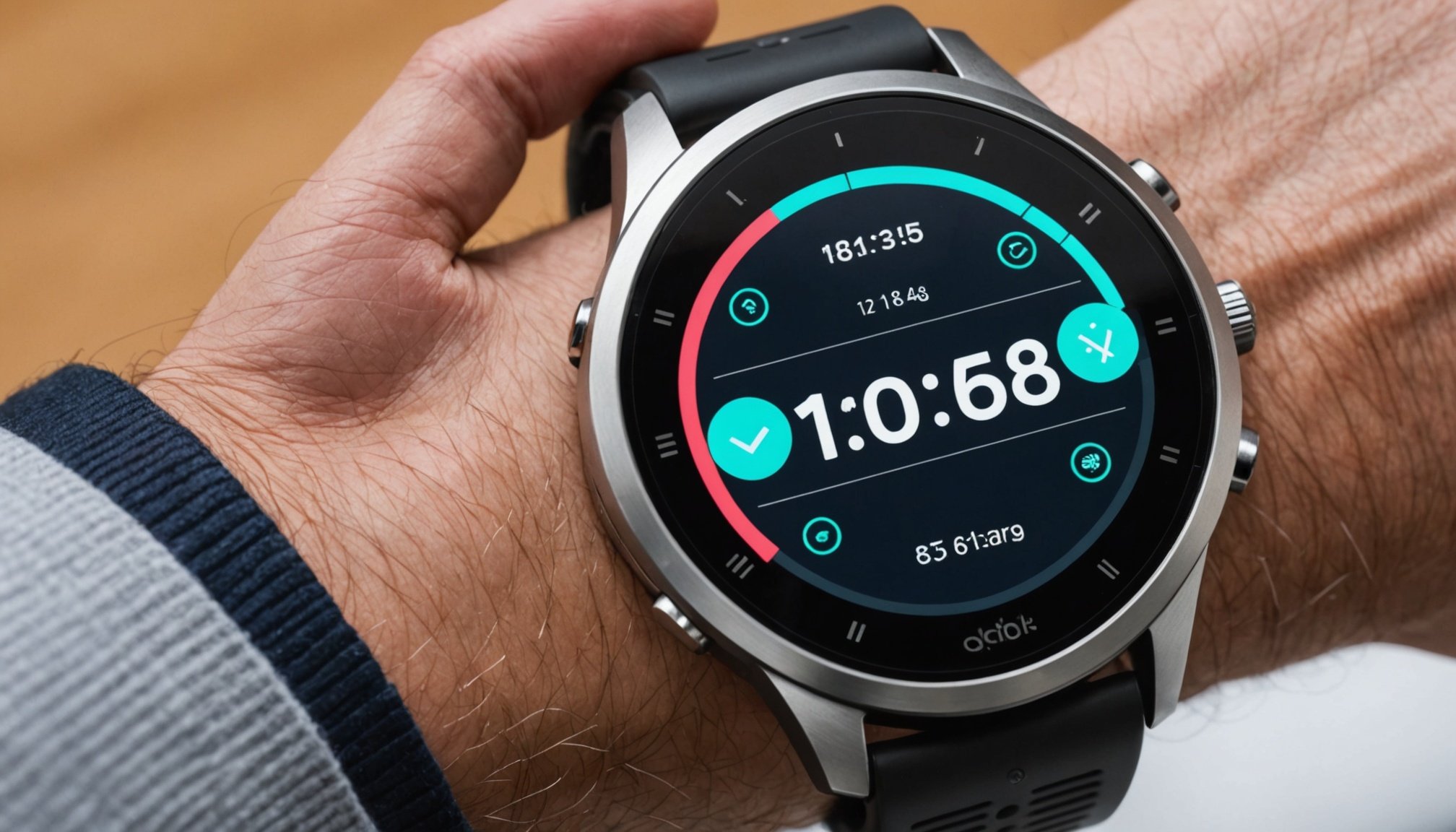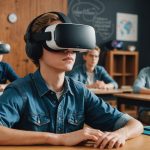Overview of Smartwatch Fitness Tracking Technology
Smartwatch fitness tracking has revolutionised how individuals monitor their health metrics. Historically, fitness trackers have evolved from basic step counters to sophisticated devices capable of providing a myriad of health-related data. The current state of health monitoring technology in smartwatches includes tracking heart rate, sleep patterns, steps, calories burned, and even stress levels. This advancement has been propelled by significant technology advancements, ensuring that health metrics are more precise and reliable than ever before.
The importance of accuracy and precision in tracking metrics cannot be overstated. Accurate health metrics enable users to make informed decisions about their physical activity and overall wellness. Moreover, precise tracking ensures that individuals can set realistic goals and track their progress effectively.
In parallel : Ultimate Guide to Smartphone Security: Top Strategies to Protect Your Online Shopping
Recent innovations in technology advancements have enabled smartwatches to integrate more advanced sensors and analytics tools, providing users with comprehensive insights into their health. This supports not only casual users but also those with more specialised fitness or health needs. As smartwatches continue to develop, the potential for delivering even more precise health metrics grows, offering a promising future for tech-integrated health monitoring.
Innovative Techniques Enhancing Fitness Tracking Precision
The integration of innovative tracking techniques is pushing the boundaries of what’s possible in fitness tracking precision. These techniques, supported by advanced technology, are crucial for providing accurate health insights to users. Let’s delve into how these innovations are shaping the landscape.
Also read : Ultimate Smart Home Lighting: The Definitive Guide to Voice-Controlled Illumination Management
Sensor Advancements
Advanced sensors play a pivotal role in boosting tracking accuracy. Traditional sensors were often limited in scope, mostly capturing straightforward data like steps or basic heart rate. Today’s advanced sensor technology, however, offers detailed insights through metrics like continuous heart rate monitoring, oxygen levels, and even skin temperature. Future developments could see sensors becoming more miniaturised while increasing their data accuracy and range.
Machine Learning in Health Metrics
Machine learning is being applied to monitor and analyse health metrics in real time. By processing vast amounts of data, these algorithms detect patterns, offering predictive insights into personal wellness trends. For instance, machine learning can alert users to potential health issues before they become serious, based on historical data. This proactive approach empowers users to make informed decisions.
Wearable Biometric Technology
Wearable technology is advancing by incorporating biometric data collection into devices. Techniques such as ECG monitoring and stress measurement present a holistic view of the user’s health. By integrating these rich data pools, smartwatches can offer customised health recommendations, tailoring feedback specifically to the user’s needs.
Comparative Analysis of Existing Technologies
Smartwatch fitness tracking technologies have significantly evolved, and understanding the differences among them is crucial for making informed choices. This section delves into current technologies, offering a comparative analysis focusing on fitness tracking apps and smartwatch brands.
Smartwatch Brand Comparisons
The market for smartwatches is vast, with each brand offering unique capabilities tailored to various user needs. Popular brands like Apple, Fitbit, and Garmin have carved out niches with distinctive tracking features. For instance, Apple Watches offer seamless integration with other Apple devices, while Fitbit is known for its user-friendly interface and comprehensive sleep analysis. Garmin specialises in advanced metrics for athletes, such as VO2 max and lactate threshold. However, while Apple excels in technology integration, Garmin’s strength lies in precise athletic metrics. This segmentation demonstrates each brand’s approach, catering to diverse audiences seeking specific functionalities.
Fitness Tracking Apps and Their Impact
Fitness tracking apps complement smartwatches by enhancing user experience and offering additional health metrics. Applications like Strava and MyFitnessPal provide dietary logging and social interaction, fostering a community-driven approach. User testimonials often highlight the motivational boost from community features in these apps. The combination of smartwatch technology and app functionalities offers a holistic approach to personal fitness management, marrying device-based tracking with interactive software solutions.
Future Trends in Smartwatch Fitness Tracking
As technology evolves, the future trends in smartwatch fitness tracking promise exciting developments that will transform the way users engage with their health data.
Predictions for Wearable Technology
Emerging technologies, such as advanced bio-sensing and improved battery capabilities, are anticipated to further enhance smartwatch functionalities. These advancements could lead to devices that offer even more detailed health analytics and longer usage between charges. However, challenges such as ensuring data privacy and managing user interface complexity may slow adoption. As smarter devices enter the market, user adoption trends indicate a growing appreciation for tech-enhanced wellness tools.
Integration with Healthcare Systems
Smartwatches are increasingly seen as valuable tools in personal healthcare management. The potential for partnerships between technology companies and health providers could streamline patient data analysis. Smartwatches might soon play a critical role in diagnosing conditions, requiring careful consideration of ethical and privacy concerns regarding data usage.
Community and Social Components
Exploring social features within fitness apps can significantly impact user motivation and engagement. By fostering a sense of community, users are more likely to stay committed to their fitness goals. The future of such social interactions could redefine how people perceive and utilise smartwatch technology in their daily lives.
Real-World Applications of Enhanced Fitness Tracking
Real-world application of enhanced fitness tracking demonstrates the tangible impact on users’ health and fitness journeys. Case studies highlight individuals benefiting immensely from precise tracking technologies. For instance, Jane, a marathon runner, credits her smartwatch for monitoring her fitness tracking accuracy, allowing her to optimise her training by analysing her health metrics. Such granular data helps athletes adjust their routines for improved endurance and performance.
Advanced tracking not only aids athletes but also empowers everyday users. With enhanced accuracy, individuals can better understand their daily activity levels and make informed decisions about their health routines. Imagine a user aiming to lose weight; accurate heart rate and calorie data can guide them to maintain an effective workout balance.
User experiences consistently reflect positive outcomes, reinforced by advanced technology. Real testimonies often stress the impact on achieving fitness goals efficiently. Professional athletes exemplify this, using smartwatches to minutely adjust training sessions, focus on recovery, and prevent injuries by tracking biometrics. Across varying levels of activity, the precision offered by modern fitness-tracking technology proves indispensable, making a marked difference in fitness achievements.










